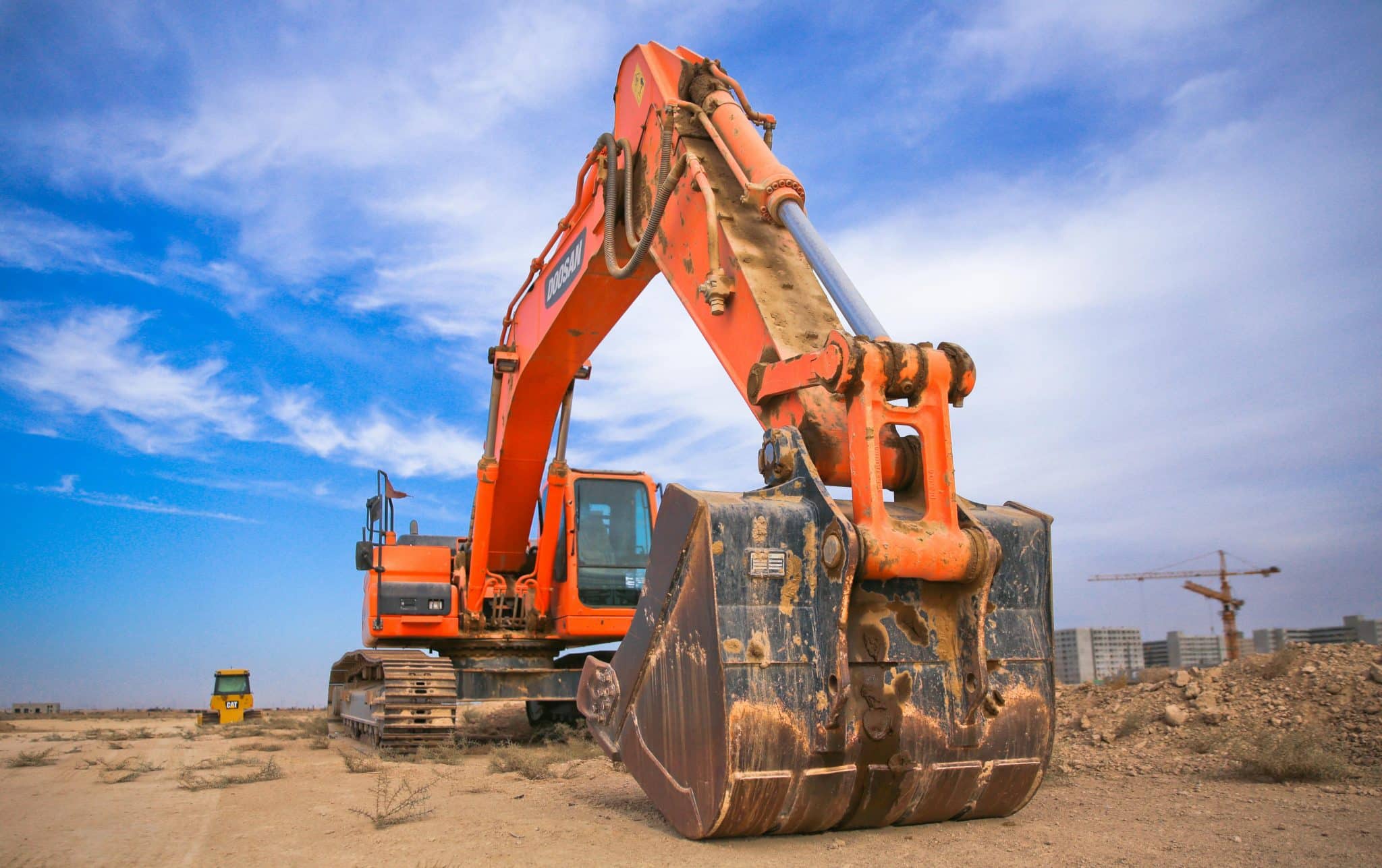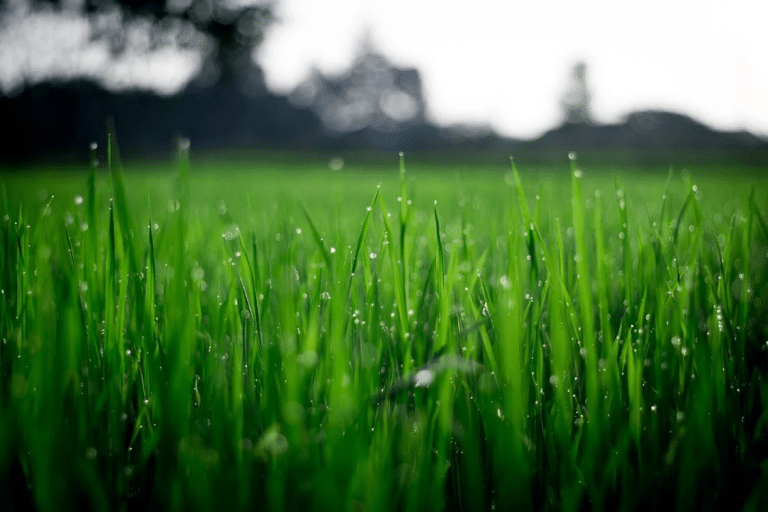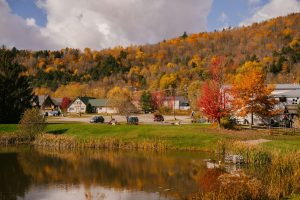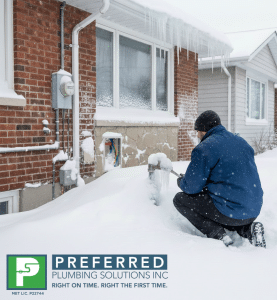Fixing a damaged sewer line often brings visions of torn-up yards and costly repairs. But is digging up your lawn the only option?
To explore this idea in full, stay put as we talk through signs of sewer line failure, the impact of Gulf Coast soil conditions, and when trenchless options work best. You’ll learn the pros, limitations, and timing considerations to make the right choice for your property.
Common Warning Signs of Sewer Line Problems
Sewer line issues often manifest as subtle, persistent problems. Slow-draining sinks or tubs may indicate a blockage. Gurgling sounds from toilets or foul odors near drains can indicate cracks or backups.
In the yard, patches of unusually lush grass or recurring wet spots suggest leaks underground. If multiple fixtures clog at once, the main line may be compromised.
Ignoring these signs can lead to larger damage and costly repairs. Spotting these red flags early allows you to address issues before they escalate. Regular inspections help uncover hidden problems, especially in older or tree-filled areas.
Why Gulf Coast Conditions Can Worsen Sewer Failures
The Gulf Coast’s saturated soils and dense tree coverage create a perfect storm for sewer line problems. Frequent rainfall keeps the ground moist, increasing pressure on buried pipes and making them more prone to shifting or cracking.
Tree roots thrive in the damp soil, aggressively seeking out tiny cracks or joints in sewer lines. Once inside, they grow rapidly, causing severe blockages or structural damage.
Older clay or cast-iron pipes are especially vulnerable in this environment. Regular inspections and proactive maintenance are crucial for homeowners in these regions to prevent costly failures from worsening over time. Combined with efforts to improve your soil, the upsides for your entire garden are obvious.
How Trenchless Sewer Repair Works
Trenchless sewer repair offers a modern solution that avoids digging up your yard. Two standard methods are CIPP (cured-in-place pipe) lining and pipe bursting.
CIPP involves inserting a resin-coated liner into the damaged pipe, which hardens to create a seamless new interior. Pipe bursting uses a bursting head to break apart the old pipe while pulling a new one into place.
These methods minimize yard disruption and are ideal for addressing cracks, leaks, and root intrusion. Homeowners can read an introduction to trenchless sewer repair for more info on how these techniques protect landscaping and hardscaping.
Trenchless Methods vs. Traditional Excavation

Trenchless repair methods offer minimal disruption, faster completion, and preservation of landscaping. They are ideal for fixing leaks, cracks, or root intrusion without extensive digging. Since more than 700,000 miles of sewers span the nation, many people may need this option.
However, trenchless options have limitations. Severe pipe collapses or misaligned sections may require traditional excavation to replace the line fully. Excavation can handle more extensive damage, but it is time-consuming and costly and leaves a significant impact on the yard.
The choice depends on pipe condition, location, and budget. Trenchless is often more cost-effective for minor to moderate damage, while excavation remains necessary when structural integrity is entirely lost. Consult a professional for guidance.
Does Trenchless Repair Save Your Yard and Landscaping?

Trenchless repair methods protect your yard by eliminating the need for extensive digging. Unlike traditional excavation, which requires trenches to expose pipes, trenchless techniques only need minor access points.
This approach preserves grass, flower beds, trees, patios, and driveways. It’s especially beneficial for properties with intricate landscaping or hardscaping features that would be costly to replace.
While trenchless repair minimizes damage, it’s vital to confirm soil conditions and pipe alignment with professionals. Proper planning ensures this method works efficiently, leaving your yard intact and looking as if no repairs were needed.
Permits and Local Regulations You Need to Know
Sewer line repairs often require permits to comply with local codes. Municipalities regulate excavation depth, utility locations, and proper waste disposal during repairs.
For trenchless methods, cities may still require inspections to ensure alignment with safety and environmental standards. Hiring a licensed contractor helps streamline the permitting process and avoids delays caused by incomplete paperwork or non-compliance.
Check if your area requires notifying utility companies before digging, even for minimal access points. Addressing these requirements upfront prevents fines and ensures repairs meet legal standards. Always research local rules to avoid complications during your project.
Final Thoughts
Trenchless sewer repair offers an efficient, less invasive alternative to traditional excavation, making it ideal for protecting your yard and landscaping. Understanding the warning signs, regional challenges, and repair methods ensures you make informed decisions.
Consult professionals to evaluate your options, navigate regulations, and restore your sewer line without unnecessary disruption.













